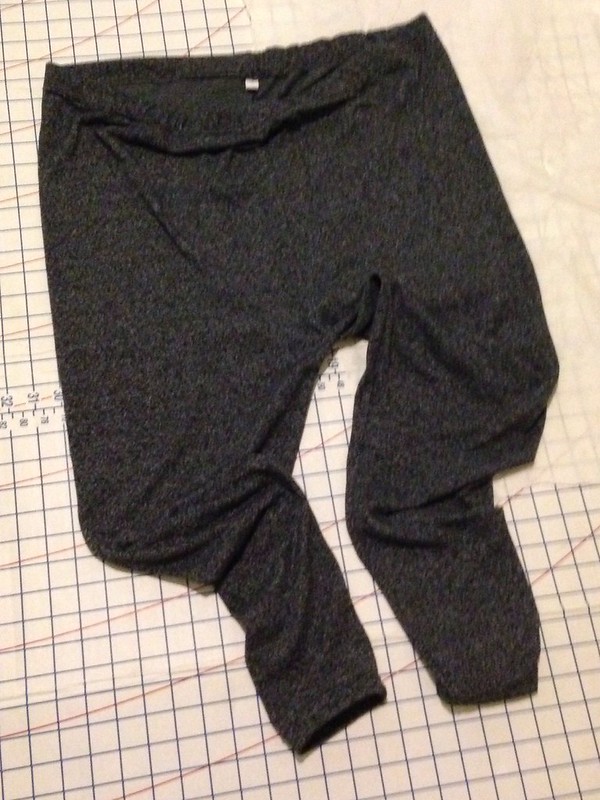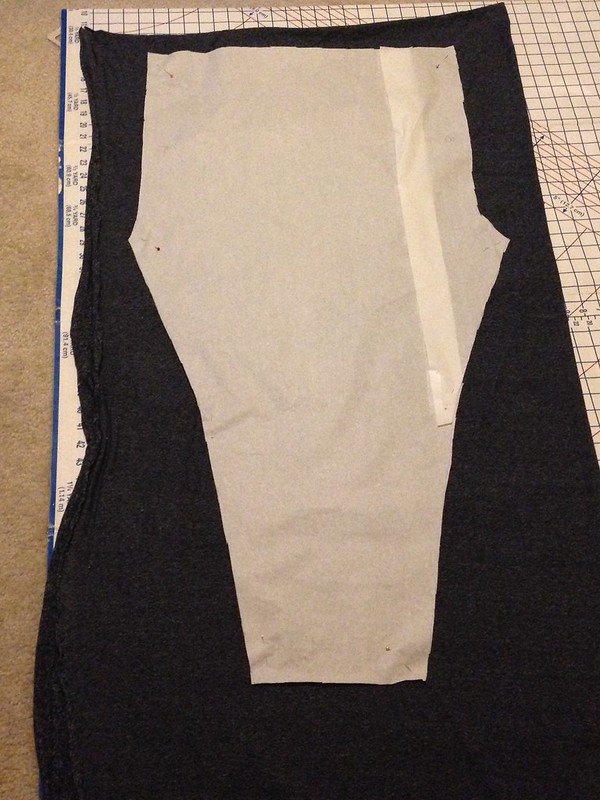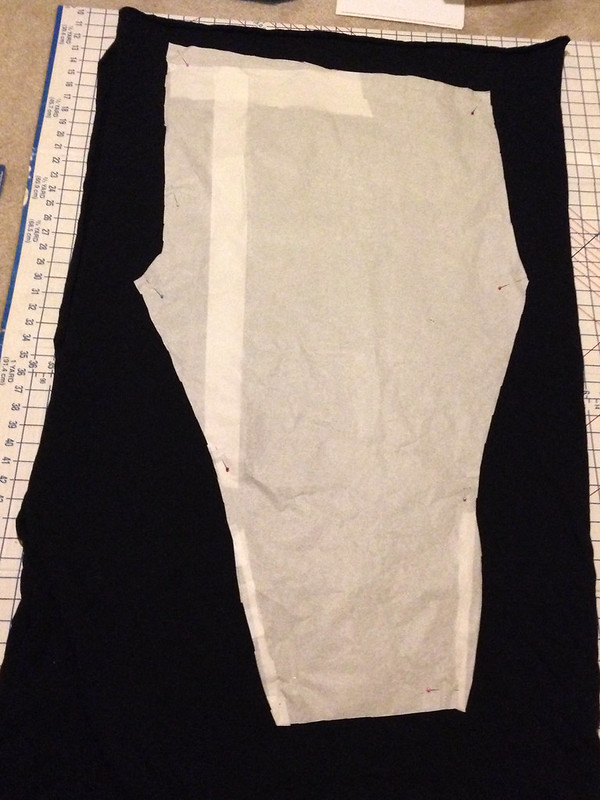I hadn't planned to write this post, but I wanted to open a discussion about a trainwreck of a thread that happened in the PatternReview forums last weekend. I tried to let this go, but it's been bothering me. While I wouldn't normally post about a PR thread here on my blog, but based on what happened there, I felt that taking things off of PR was the best place to voice my concerns. I feel that the "trainwreck thread" is indicative of some bigger issues in that community.
The Incident
So...what actually happened?
I was browsing the PatternReview forums over the weekend, and a new thread in the low-traffic forums caught my eye. The title of the thread was "Plus Size Resources," and the thread was started by Madeline, a new PatternReview employee, who is supposed to be helping out with order fulfillment, customer service, and site blog posts, among other things. Here is the original, first post (captured by a savvy reader and later re-posted on a GOMI thread):
I am collecting information that pertains to plus size pattern companies, online fabric stores that cater to plus size people, and other companies that provide things for plus size sewists. Please comment below and let me know what are your favorite pattern companies, fabric stores, etc who cater to you.
 |
| We all want to look like giant tomatoes, right? |
Um, what?
I tried to give her the benefit of the doubt, figuring that she was either putting something together for a PatternReview blog post or for the upcoming "plus size" sewing contest, so I posted a few pattern companies with inclusive size ranges and asked what she meant by "fabric stores that cater to plus size people," since I, and all of the other plus size sewists I know, all shop at the same places that thinner women shop at.
- A few other PR posters also posted in response things like, "You mean, where do I get my tentmaking supplies?" and other jokes along that line.
- The OP then returns and states that she's a new PR employee and that she was trying to find some new corporate sponsors for PR that were more friendly to plus sizes.
- The forum posters pointed out that she had asked some odd questions and that most of what she was asking could easily be found via Google.
- There was a bunch of weirdness where the OP edited posts, got argumentative, made a few "sorry not sorry" posts, and said some weird things about the Eiffel tower. As more people called her out on her actions and suggested more diplomatic ways to pose her questions, she appeared to get angrier. More apologies along the lines of "I'm sorry your feelings were hurt" without actually apologizing for what she said or how she framed her question, etc.
- Finally a mod locked the thread.
- The next day, Deepika posted something about the OP being a new employee who was learning.
- Fairly soon after that, the thread was deleted, reminding us all where the "Deletka" nickname came from.
PatternReview, Inclusivity, Censorship, and You
I see two major issues with last weekend's incident: censorship and inclusivity.
PatternReview moderators have a long history of deleting forum threads when the threads get too heated. An overwhelming number of these deleted threads are political in nature. I can remember a handful of non-political threads getting heated and deleted though--there was a particularly infamous one on breastfeeding, and of course, a thread calling out the PR moderators for too heavily moderating the forums.
The only reason that I can think of for the "Plus Size Resource" thread getting deleted is that it made PatternReview look bad. The OP's responses lacked maturity and professionalism, and of course, that reflects poorly on PR. Unlike most deleted threads, the PR members participating in the thread weren't slinging insults at each other or otherwise at each others' throats. In fact, many of them wrote thoughtful and insightful posts as to how plus sized people are treated, both in the sewing industry and in society in general. I would have liked to have seen the thread remain open because it brought up some painful, but important points to many of us who fall outside of a Misses' size range.
I don't feel that PatternReview is a particularly inclusive community. The community demographic has gotten narrower and narrower in the ~8 years that I've been a member. Whereas there used to be a decent number of plus sized members who'd regularly post pattern reviews, that number has waned considerably in recent years.
For most "contests", most of winners determined by votes from fellow PR members. These winners are nearly always slender and are always well-photographed. If someone raises this concern in the PR forums, someone will point out that "Debbie won the such-and-such contest." Well yes, Debbie, did win a couple of contests...and I think those contest wins were probably about six years ago at this point. The "young, thin, and slim" contest advantage was brought up enough times that last year, some members nominated the idea of having an "Over 50" and a "Plus size" contest to level the playing field for those parts of the community. There were actually then people who bitched that a "plus size" contest wasn't inclusive to thinner members.
 |
| Burda Plus Sack of Shame |
The contests aren't the only part of PR where I don't feel entirely comfortable, though. While the forums can be great places to ask questions and get help quickly, I also see a lot of body snark there. The body snark doesn't just come from the size 6 "ladies who lunch" who complain "OMG, my thighs are so fat!" One woman wrote a post where she was clearly offended that someone had checked the "plus size" and "regular" boxes on an old pattern review, causing the "plus size" designation to persist to all future reviews, because she was NOT a plus size. Personally, I've had some rather rude comments posted on reviews that I've made (under the guise of "helping" or telling me what was "flattering"), and I know that I'm not alone in those experiences.
When the Curvy Sewing Collective launched last year, I'd hoped that it might become my new online sewing "home" and that I could leave PR behind. At this point, I feel like the CSC is still finding its footing, and the forums don't see enough activity to really be a viable replacement for PR yet. Many communities have growing pains, though, so I'm still holding out hope that interaction level will increase at the CSC, making the CSC will become a viable alternative to PR.
For those of you reading this post, I have a few questions:
- Do you participate on PatternReview? Why or why not?
- If you are on PR, does PR have issues with inclusivity (or lack of it) and censorship?
- What do you expect and want to see in your ideal online sewing community?













